Having recently attended the Symposium as the Murcutt Pin-holder, Sydney-based architect Jamileh Jahangiri reflects on the importance of the gathering.
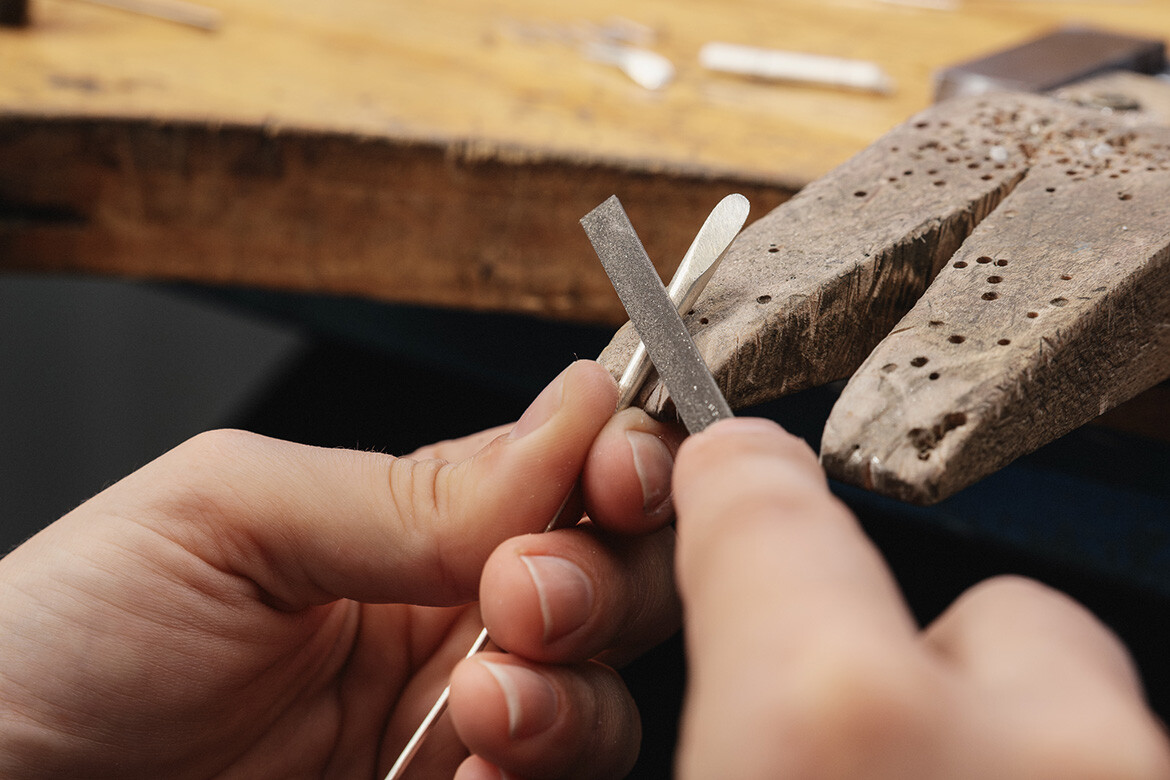
October 23rd, 2025
The Murcutt Symposium is not a conference in the conventional sense. It is an immersion. Three days of tours, talks and chance encounters where architecture is experienced not as abstraction, but as lived practice. In September, the State Library of NSW hosted the biennial gathering, drawing architects from across Australia and abroad to engage with Glenn Murcutt, Francis Kéré and a line-up of speakers committed to architecture as both craft and care.
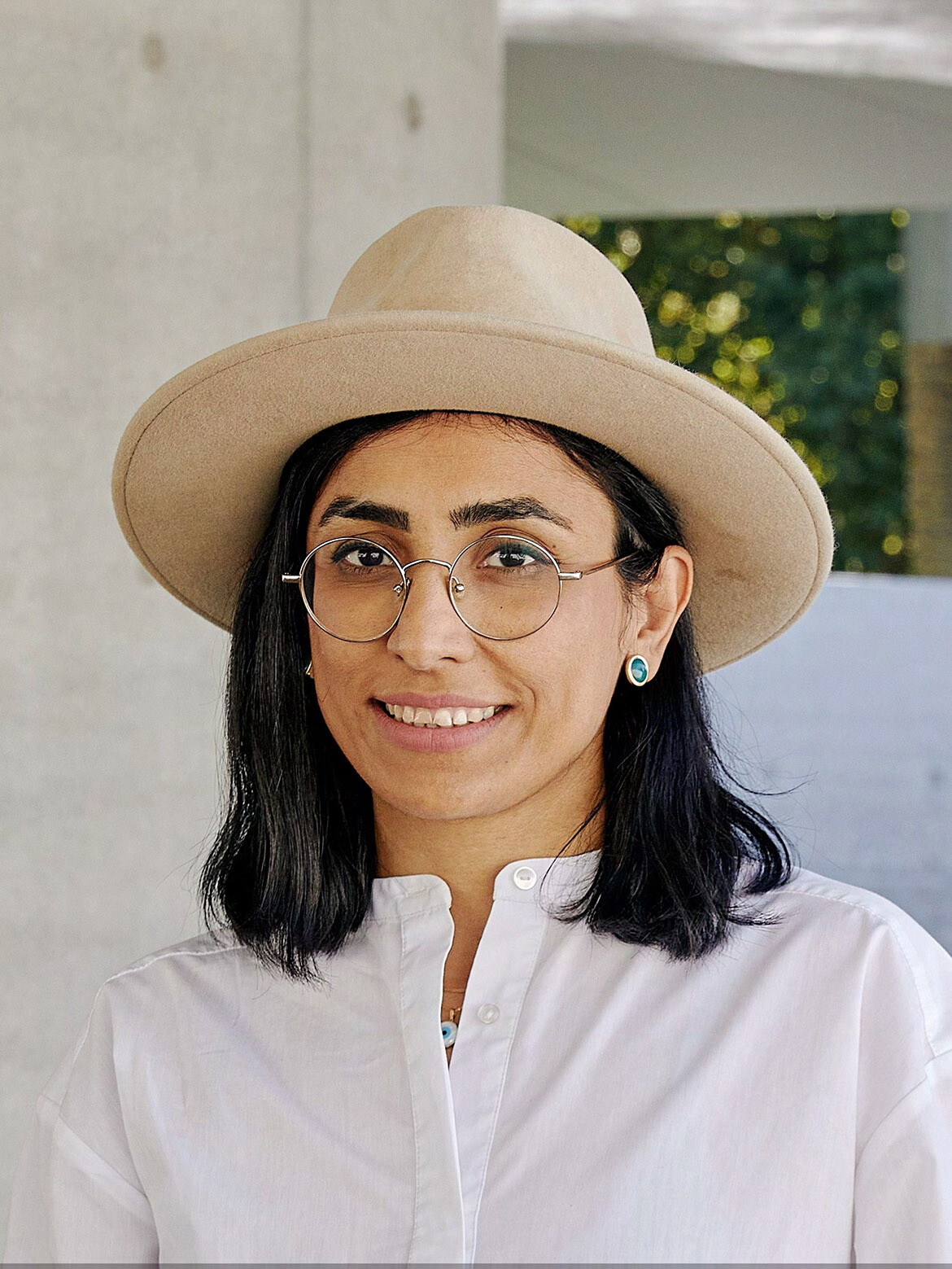
A pin, not a medal
The most emblematic moment came on Friday evening, when Glenn Murcutt awarded Francis Kéré a pin of his own design. “I didn’t want a medal, too pretentious,” Murcutt explained. Instead, he conceived something understated: a white gold pin crafted by JamFactory in Adelaide. Its form is generated by cutting through a cone, the radius shifting to create an elliptical junction. In Murcutt’s words, the cut transforms something rational into something poetic. “That is what architecture is about,” he said.
The gesture was tactile and personal. I had the privilege of being the pin-holder this year, and its weight – quiet yet luminous – seemed to embody the symposium itself: a community of architects bound by humility, intimacy and shared belief in the possibilities of design.
Related: Piers Taylor on the podcast


The program in three movements
The symposium unfolded across three distinct yet connected days:
The rhythm of the program, tours, oration and symposium was less about hierarchy than continuity. It was about moving between places, conversation and reflection, reinforcing architecture’s capacity to connect across scales.
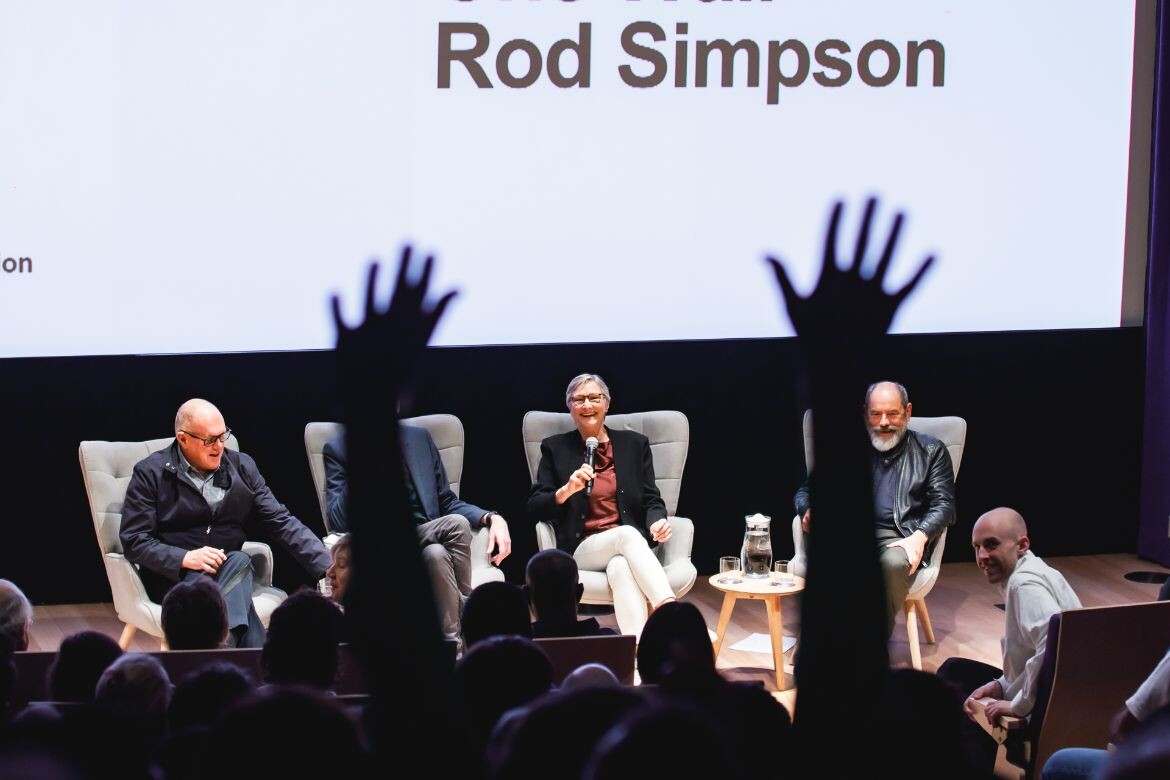
Lessons from Glenn Murcutt
Murcutt’s address distilled decades of practice into deceptively simple principles:
He spoke of architecture as “an architecture of making,” rooted in the nature of materials, in joinery, in the patient act of building with what is available rather than importing what is not. “The computer can’t hesitate,” he reminded us. “But we must.” It is in hesitation, in muddling through, that architectural answers are found.
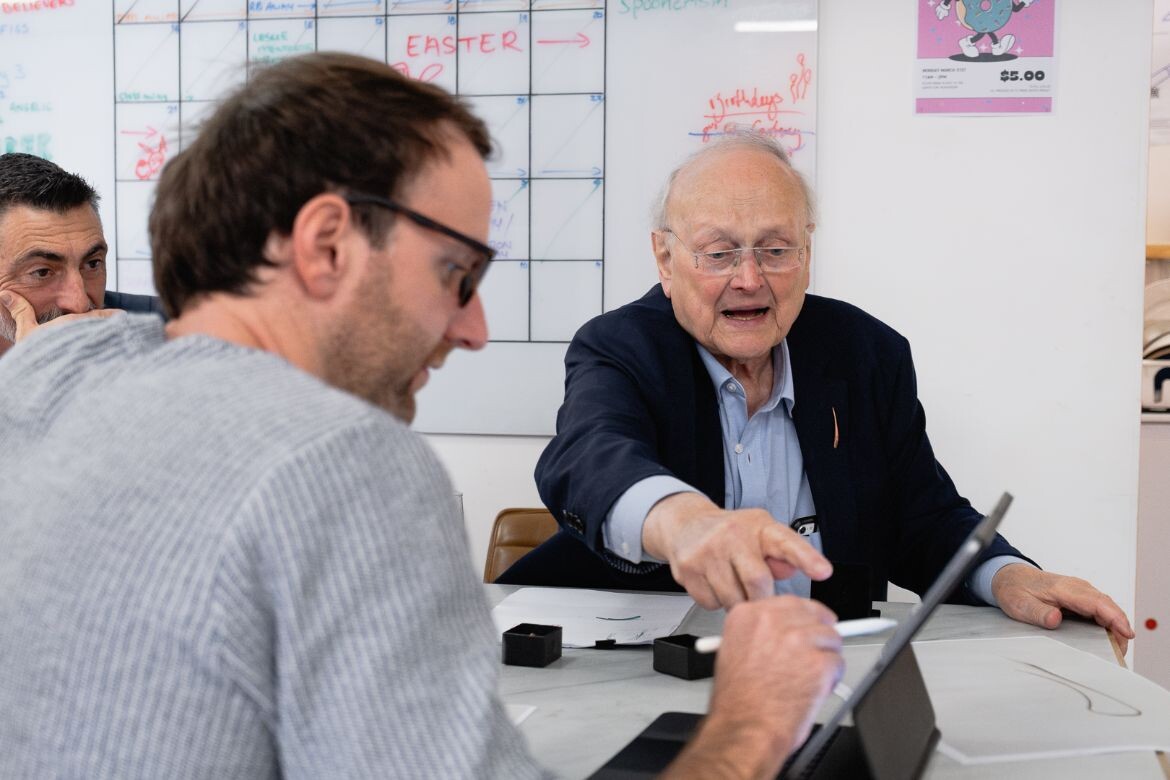
Architecture as action
Francis Kéré, in turn, placed emphasis on architecture as a collective endeavour. His stories of drawing with communities, of designing for change, underscored architecture as an act of action, not abstraction. Carol talked about the relationship between climate and typology, courtyard houses in 30-degree heat and vernacular practices from China – which was not academic, but lived reality.
Technical strategies such as Krinner screw foundations, prefabricated steel floors and net-zero operations were presented not as innovations for their own sake but as context-responsive methods. As Rod Simpson reminded us, regulations are too often copied wholesale from European climates and applied to the Australian context, where they can fail to respond to the diversity of our environments. In this framing, architecture was inseparable from anthropology, geology and the politics of who can do what.
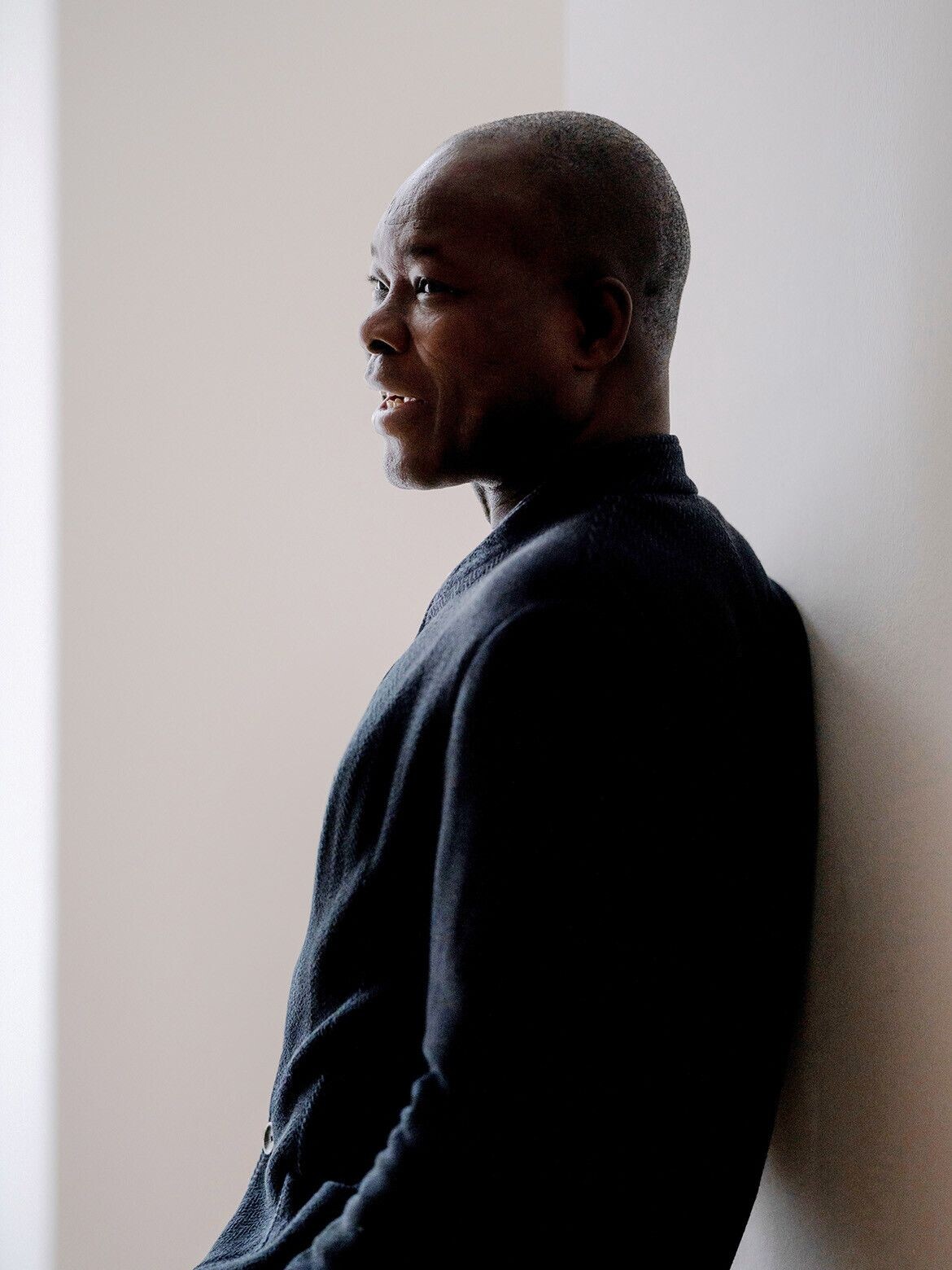
What lingers is not only the notes or technical details, but the intimacy of the gathering. You don’t merely listen to Glenn Murcutt or Francis Kéré; you share a bus, a meal, a sketching session. You bump into peers in hallways, and conversations unfold as naturally as the tours.
This is perhaps the symposium’s greatest gift: a community sustained by proximity, humility and care. For those yet to experience it, I encourage you to join in two years’ time. You will leave with more than architectural lessons; you will leave with renewed belief in architecture’s capacity to connect us, to each other, to place and to poetry.
That spirit of continuity now extends beyond the symposium itself. The Murcutt Foundation has launched a campaign to complete the first feature-length film on Glenn Murcutt, to be released for his 90th birthday in 2026. Support the project here: https://www.pozible.com/profile/murcuttfoundation
Glenn Murcutt Architecture Foundation
murcuttfoundation.org
Studio Orsi
studioorsi.com.au
INDESIGN is on instagram
Follow @indesignlive
A searchable and comprehensive guide for specifying leading products and their suppliers
Keep up to date with the latest and greatest from our industry BFF's!
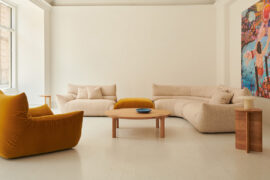
A curated exhibition in Frederiksstaden captures the spirit of Australian design
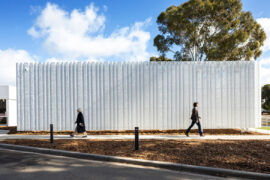
Through expert architecture, EBD Architects has provided a human face to great design and created a project that enhances the lives of people and community.
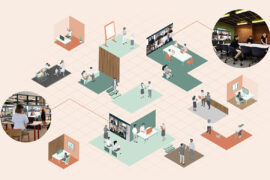
Neill Johanson, Principal at Davenport Campbell, comments on what we might be losing and gaining with the expansion of remote work.
The internet never sleeps! Here's the stuff you might have missed
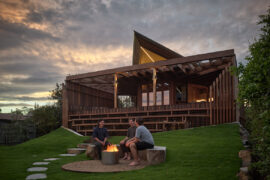
Recognised as a winner at the INDE.Awards 2025, Barton Taylor has received The Photographer – Residential accolade. His photographic work on Cake House captures the soul of a coastal icon reimagined, blending light, texture and atmosphere into a compelling visual narrative.
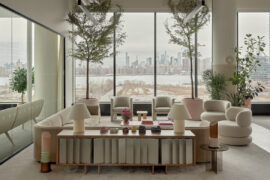
The New York headquarters of haircare brand, Amika, has been designed by Civilian as the antithesis of a standard business hub.